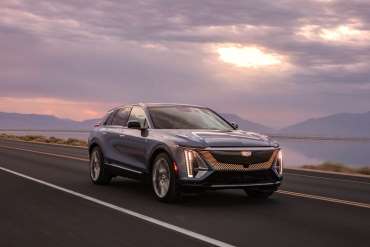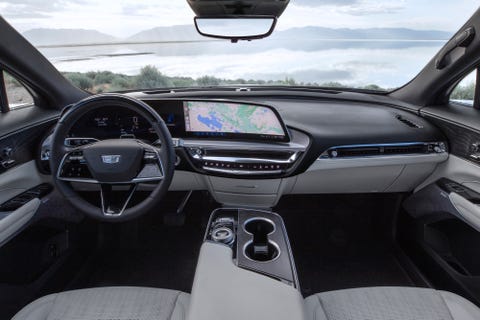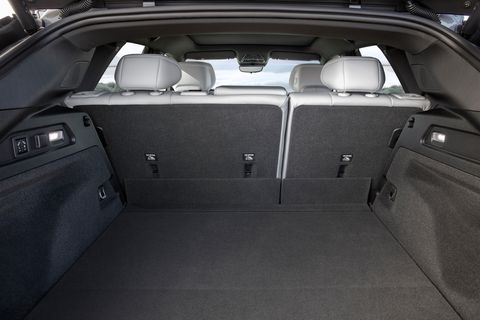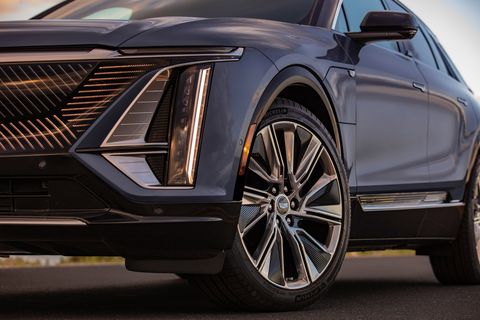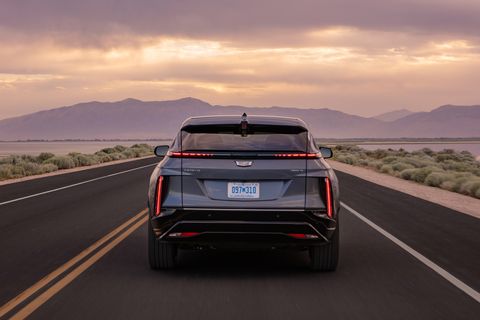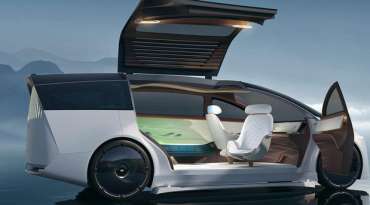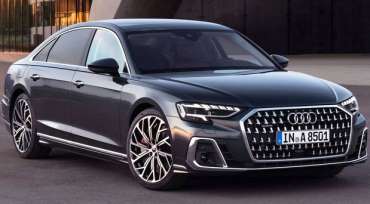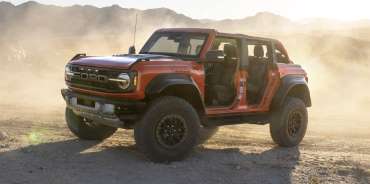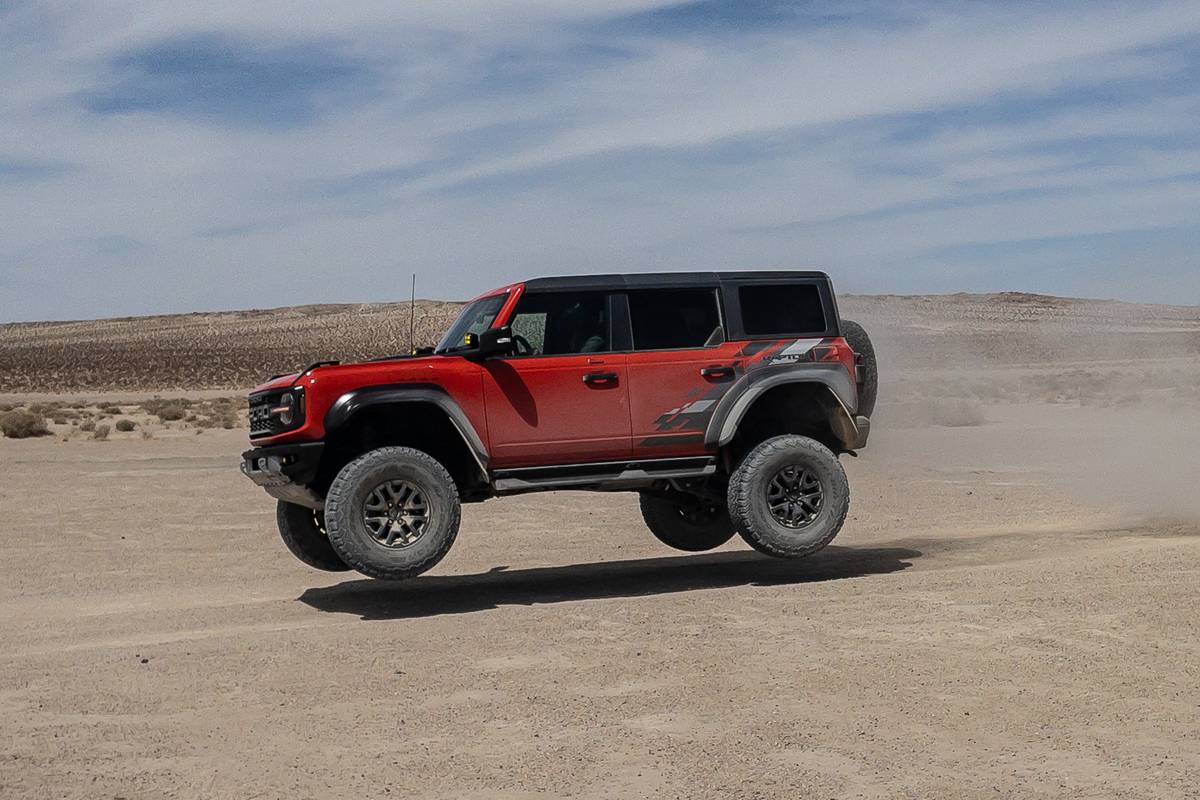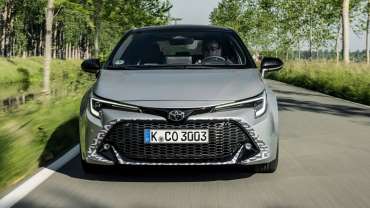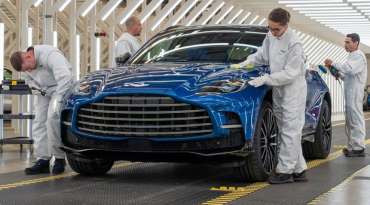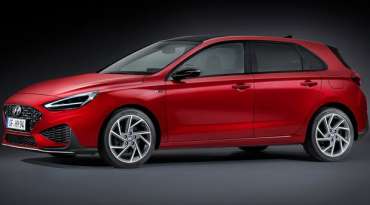The new Lyriq is arguably the prettiest Cadillac in a long time. From a unique front face that will soon become instantly recognizable to its long, sleek lines and beautiful detailing, it could be seen as the modern counterpoint to the Cadillacs of the '50s. They were distinctive and widely admired, though with a completely different design language than this Lyriq. It seemed for a time that Cadillac wanted to be like BMW, but not anymore. (One might say that of BMW as well.) The Lyriq sets Cadillac on a different direction.
This Ultium system is designed around modules, each containing 24 flat lithium-ion cells measuring 4.3 by 22.8 by 0.4 inches. Depending on the application, the battery can use eight to 24 of these modules, stacked in a single or, as in the GMC Hummer EV, a double layer. The modules contain connections for liquid cooling and employ an encrypted wireless network to communicate with the electrical controller, reduce wiring, and to facilitate post-vehicular use. The Lyriq uses 12 of these 8.5-kWh modules for a total battery capacity of 102.0 usable kWh.
Initially, this electricity will energize a single motor rated at 340 horsepower and 325 pound-feet of torque driving the rear wheels of the Lyriq. The EPA estimated range is 312 miles. The first of these cars will be delivered this summer. Early next year, an AWD version will add a second motor to power the front axle and raise output to 500 horsepower. The range of that version will likely be 20–30 fewer miles than the rear-wheel-drive car.
Such output falls short of the astounding power and torque offered by some competitors (such as the pricier BMW iX), especially as the Lyriq is a good-size machine. With a length of 196.7 inches and a height of 63.9 inches, it's three inches longer and about the same amount lower than a current Porsche Cayenne. Those proportions actually make it look about a foot longer than said Porsche.
The Space Inside
The Lyriq's and Cayenne's interior dimensions also line up, with about the same passenger volume and very similar luggage space. But the shape of that interior is quite different. The Lyriq has a wheelbase of 121.8 inches, quite long for its overall length and nearly eight inches longer than the Porsche's. Coupled with the lower overall height and the five or so inches taken up by the battery pack, that makes for a passenger compartment that is shorter, floor to ceiling, but considerably longer than the Cayenne's. It feels more like a tall car than the typical crossover.
This is not necessarily a bad thing, as the Lyriq's interior is as stylish as its exterior. The driver sits facing a 33.0-inch-wide, curved LED screen that extends more than halfway across the dashboard. The portion directly in front of the driver provides a configurable instrument cluster, while the area to the right takes care of the usual infotainment functions. Thankfully, there are hard buttons for the HVAC controls. And all of the seat-related switches are on the doors. But there's perhaps too many items relegated to the screen, and some of the menu logic is frustrating. For example, opening the glovebox requires a menu selection and then a side screen swipe before you can see the open touch point.

The finish inside is elaborate with a combination of open-pore wood, laser-cut metallic overlays, and backlighting. The knobs that control the HVAC vents have Genesis-style knurling. And the designers have also provided plenty of storage, with a blue-leather-lined drawer in the center stack and a large tray under the cantilevered center console, which also contains a storage bin.
Sliding behind the wheel, the power-adjustable steering column goes admirably low—more so than that in quite a few cars—but it doesn't extend quite far enough. Scooching up the seat to bring the wheel closer reveals that the seat cushion is a bit short and not extendable as it is on many vehicles in the premium segment. But the visibility of the instruments and infotainment sections of the big screen are excellent. Back-seat space is copious, but that seat cushion is fairly low and is also short, as it is in front. A lot of your weight ends up concentrated on your rear end. Luggage space is average for a machine of this kind—28 cubic feet behind the second row, 61 cubic feet with that seat folded. Unfortunately, it's not supplemented by any frunk space.
Recharging the Lyriq
The volume forward of the cabin is reserved for the 19.2-kW onboard charger as well as the second motor for the AWD version. There's no spare tire under the cargo floor, but the charging cord is stored in a neat little vinyl briefcase. One nice feature is that the cord comes with interchangeable plugs for the wall end. You can plug the Lyriq into the usual 120V/15A household socket, or into a 240V/50A socket, without needing any additional adapter on your wall. And this arrangement makes it possible to potentially get different plugs to match the myriad 240V sockets out there.
If all you have is the 120V outlet and you deplete your Lyriq, charging it will take more than three days. But if you have one of the 240V/50A sockets, that will come down to about 12 hours, an easy overnight charge. And if you purchase the optional wall charger and install 240V/100A service to charge at 19.2 kW, you can recharge a flat battery in around six hours. The Lyriq can also use a DC fast-charger, which should fully charge a battery in about an hour or, more usefully, add 76 miles of range in 10 minutes.
Silent Runner
After pressing the start button and moving the short column-mounted shift lever into "D," the Lyriq moves off smoothly. In the way of most BEVs, the powertrain is immediately responsive and feels effortless in normal driving. The Lyriq is also impressively quiet, with no powertrain noise and precious little wind or road noise.
Such silence was one of the design goals of the Lyriq engineering team and was achieved by trying to limit any sources of sound, absorbing what sound was created, and, on versions equipped with the optional AKG 19-speaker audio system, using active noise cancellation to offset what sound does get through. The active noise-cancellation system uses vibration sensors at each suspension corner to determine the frequency of the sounds that will be intruding in the cabin. Dual speakers placed in each front headrest provide the offsetting sound near the passengers' ears, where it is most effective.
One-pedal driving is part of the Lyriq experience, and the driver can select low and high regenerative braking modes and also turn the function off. In high mode, the car can provide as much as 0.3 g of deceleration, which is more than enough for most driving situations. In an additional twist, there is a pressure-sensitive paddle on the left side of the steering wheel, with which one can generate regenerative braking, regardless of which mode of one-pedal driving is selected. This also works well, though it could stand a bit more travel to provide smoother operation.
The brake pedal is very good at blending the regenerative and the mechanical braking, and it's reasonably weighted, though devoid of feel. The same goes for the steering, which is accurate enough, but feels dead on-center. The Lyriq does offer drive modes, but even in Sport, only the efforts increase, not the feedback.
Our examples were equipped with the optional 275/40 Michelin Primacy A/S tires on 22-inch wheels and delivered a comfortable ride on the smooth roads around Park City, Utah, where we had our drive. On one stretch, where the pavement was slightly wrinkled, we definitely felt that through the seat of our pants. It will be interesting to see how the Lyriq rides on pockmarked pavement. The standard fitment will be 20-inch wheels and tires, though Cadillac's engineers claimed there was little difference in ride comfort between the two options.
While we didn't get a chance to run the Lyriq hard on winding roads, it corners with minimal roll and responds nicely to the helm. The Lyriq has an all-new suspension with five-link geometry in front as well as the rear, along with "frequency-dependent" shocks, which add an additional valving circuit to provide more refined damping control. Those Primacy tires are hardly sporting sneakers, and with a curb weight around 5700 pounds, the Lyriq is not going to be a back-road hero. But within its limits, it performs well. Passing on two-lane roads is not a problem, but as speeds increase, you can feel that there are only 340 horses pushing nearly three tons.
Pricing and Deliveries
The first deliveries will commence this summer for the limited-production Lyriq Debut Edition, which was priced at $59,990. Cadillac boss Rory Harvey said that the cars sold out in 10 minutes but did not offer a production figure (internet rumors suggest around 1500 units). The orders for standard 2023 models opened in May and were said to have sold out in four hours. They started at $62,990 with deliveries in the fall. AWD versions cost $2000 more and will appear in the first quarter of 2023. One bonus with all these models is two years of unlimited charging at EVgo stations or a $1500 credit toward the electrical installation of setting up charging at your home.
Since the 2023 models are already spoken for, Cadillac has now opened the order book for 2024 models, with deliveries expected to start in spring of 2023. Based on this demand, the combination of electric propulsion; elegant, sophisticated styling; and a comfortable and practical configuration seems to be a natural for Cadillac. Better than trying to ape BMW.


